The fact that there is so little research available on pesticides in coffee can make a consumer want to take a second look at what’s going on. Uncertainty springs from two places. First, exactly how many pesticides are being used on coffee beans? Second, what kinds of effects do those residues have on our bodies?
And American coffee-drinkers should be especially interested since US regulators have relatively lax rules.
Coffee-growing countries each have their own monitoring systems and limits for pesticide use. The grower’s regulations may be very different from the residue limits that the importing countries set. Usually local regulators set maximum tolerances for residues and monitor them upon import. However—whether or not individual coffee farmers abide by local law, many coffee-growing countries still use pesticides banned in the US and Europe.
As of now, the US government does not have maximum residue limits (MRLs) for pesticides used on coffee beans. This leaves coffee drinkers open to a wide range of unknown pesticide residue levels lurking on the surface of their beans. In addition to posing a risk to consumers, there is an abundance of evidence that the pesticides and herbicides used on coffee farms get into the local watershed. Since pesticides are the most dangerous when they’re inhaled or make contact with the skin, they pose major health risks to workers, their families, and the local ecosystem. The table below shows the list of the most toxic chemicals used in coffee, from a human-health perspective.
Toxic Chemicals Used on Coffee
A recent search of the Global MRL database listed 42 pesticides that are used on coffee.
That list does not include any of the chemicals that have been banned globally but may still be in use illegally, so multiple harmful pesticides have no set MRLs. This begs the question: Are governments aware that those chemicals may still be utilized in coffee production? No listed MRLs for coffee means there is no set limit for pesticide residue and therefore no monitoring of pesticide residue levels. Specifically, on the list above of highly-hazardous chemicals, Abamectin, Cypermethrin, Dichlorvos, Disulfoton, Endosulfan, Haloxyfop, parathion-methyl, Permethrin, and Propiconazole do not have coffee MRLs despite the fact that they have been documented in coffee production. This is a serious safety gap. Some of the most concerning chemicals are organophosphates, which are among the most widely used insecticides in the world—and the most toxic to humans, vertebrate animals, and insects. They deactivate an enzyme called Cholinesterase, which is essential for healthy nerve function. Other chemicals on this list have been proven to be toxic to bees and may be contributing to the serious problem of vanishing bee colonies. Others have been identified as possibly carcinogenic.

Pesticides are likely to be contributing to the serious problem of vanishing bee colonies.
Finally, several pesticides and herbicides listed are suspected of being endocrine (hormone) disruptors. Endocrine disruption can lead to a bevy of health problems including fertility issues, immune disorders, and neural and organ development problems in children. Despite the wide-reaching importance of the human endocrine system, there are still aspects of these substances that we do not understand. Regulators cannot agree on what is and what is not an endocrine disrupting chemical, and so for now they remain “suspected.” Their risks are therefore disregarded and consumers are left unprotected.
Despite unknown risks, the use of chemicals in farming continues to grow all over the world.
The United Nations Food and Agriculture Organization (FAO) monitors these statistics around the globe. Their most recent data on pesticide use (2012) lists China, Brazil, and the United States as the top three countries with the highest total pesticide use. While the US has stayed fairly stable over the past twenty years, China has expanded its total pesticide use over 200% since 1991 and Brazil almost 800% since 1990. Notably, Brazil has applied this amount of pesticides on roughly the same agricultural land area, as opposed to China, which has grown its permanent crops land area by over 200% in that period. This means that Brazil has been using far more pesticides per acre of agricultural land—almost 8 times more pesticides than just a few decades ago. Relatedly, the most recent FAO STAT information (2015) on countries which use the most chemical fertilizers list China, the United States, India, and Indonesia as the top users by total weight on NPK-type fertilizers. Another safeguard of organic certification lies in protecting against chemical fertilizers. Synthetic fertilizers are not allowed in organic agriculture due to the potential harm they can cause to the environment and the energy they use during the manufacturing process. Organic certification and other environmental certifications (i.e., Bird Friendly or Demeter) are essentially the only way to know that coffee production is being monitored for pesticides. Utz and Rainforest Alliance certifications also provide very strict monitoring and rules regarding safe and legal chemical use, and may present a good alternative to organic certification, where available.
Do pesticides remain after coffee is roasted?
The question is whether the chemicals used to grow coffee make their way into your morning cup. The general industry assumption is that at peak temperatures (above 450 degrees) the roasting process will most likely burn off any residual chemicals or render them inert, however, we simply do not have the completed research to prove that this is definitively true for each chemical. There are very few published studies that have documented residues in green coffee, let alone in roasted beans or the finished beverage. Even if these pesticides do not end up as residue on the coffee, their use still has real human consequences in the form of exposing communities to them and their run off harming local ecosystems.
Compelling reasons to buy organic coffee:
- The organic certification program is one of the only monitored and validated ways to know that illegal pesticides are not being used on coffee plants.
- There are many pesticides banned by the US, EU, and Japan that are used during the production of coffee.
- There is not enough publicly available scientific research to know that all chemicals used in the production of coffee do not make their way into the coffee cup. More research is needed to determine the fate of these chemicals after processing, roasting, and brewing coffee.
- The health and safety of all people involved in coffee production is important to consumers, regardless of their country of origin.
- The far-reaching detrimental effects of pesticides, known and unknown, provide enough evidence to choose to purchase only organic coffee.


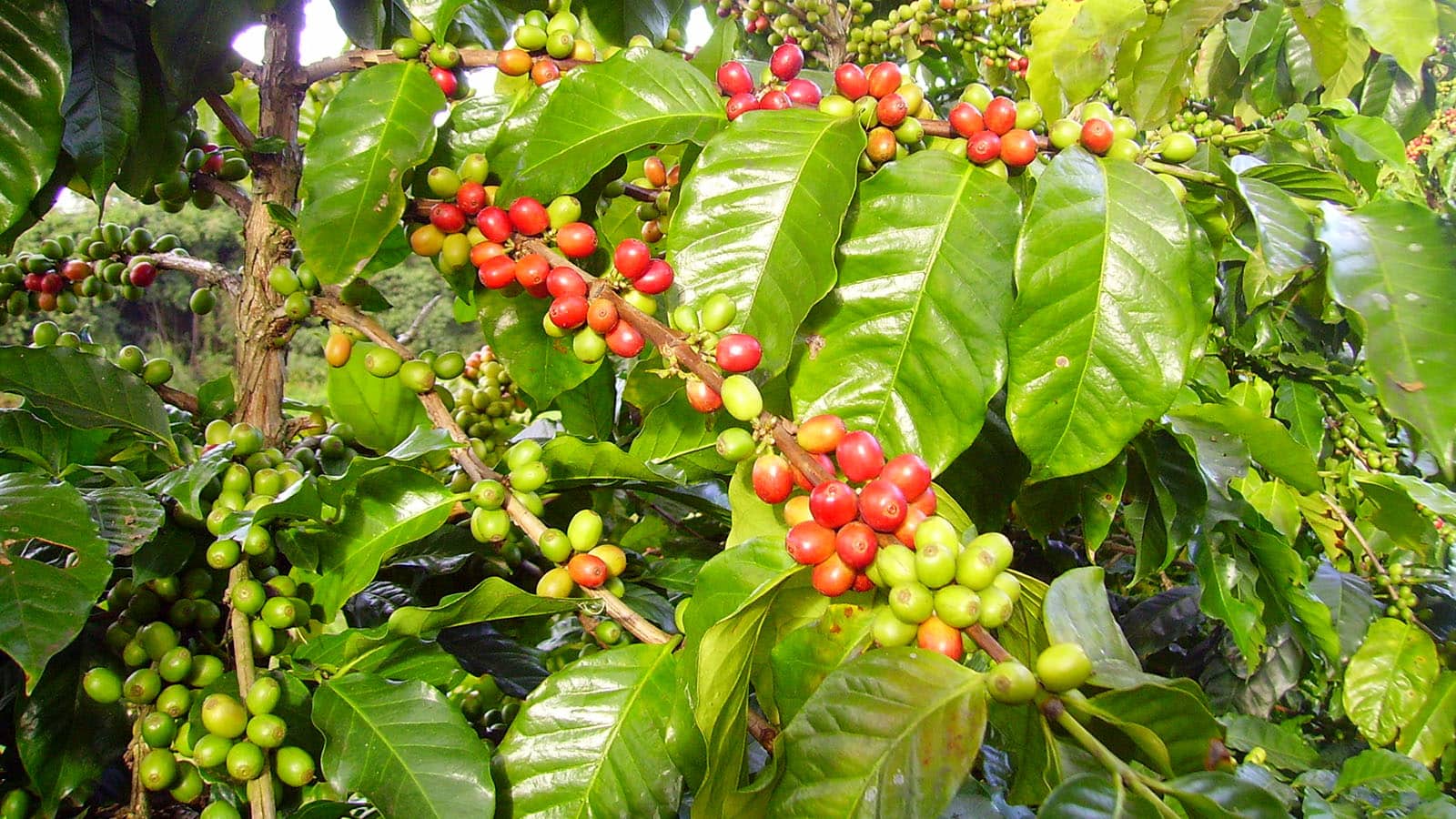
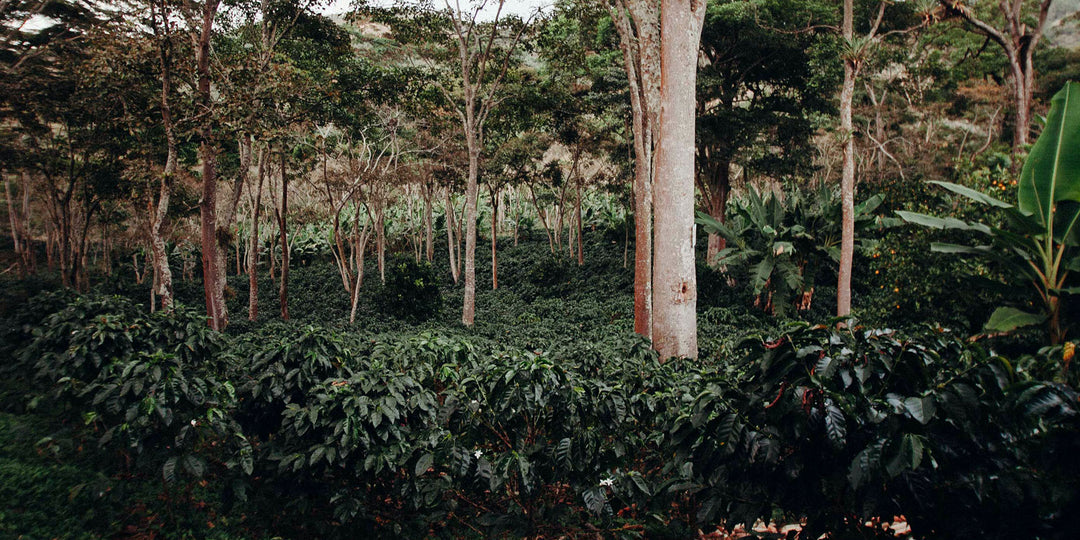

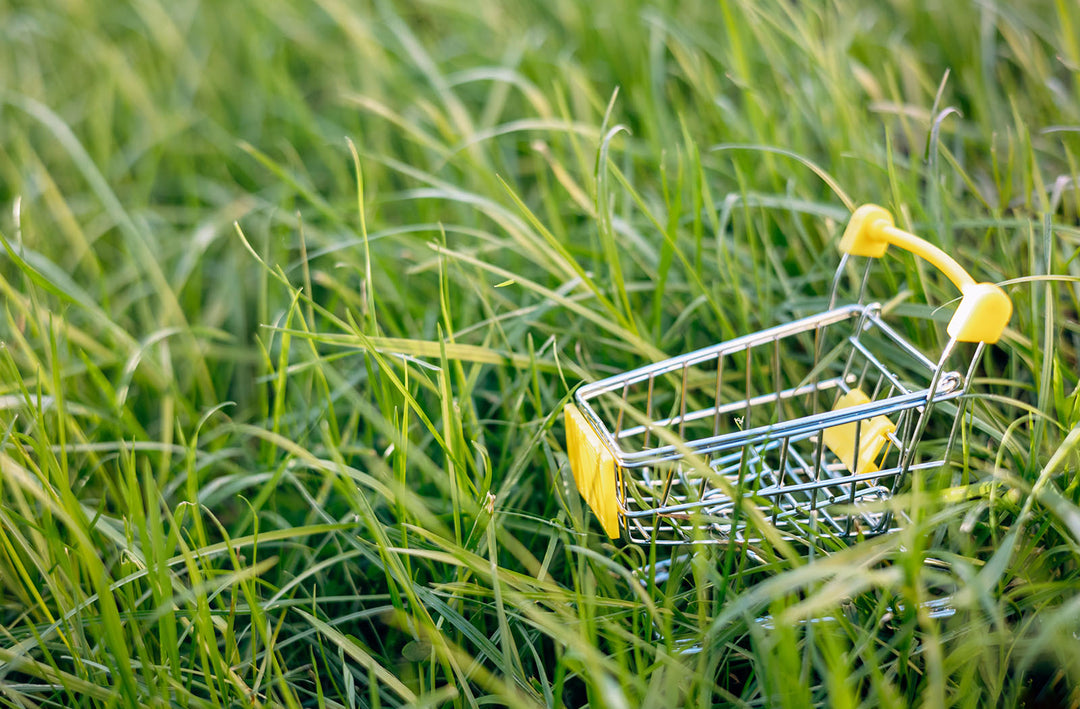
Leave a comment